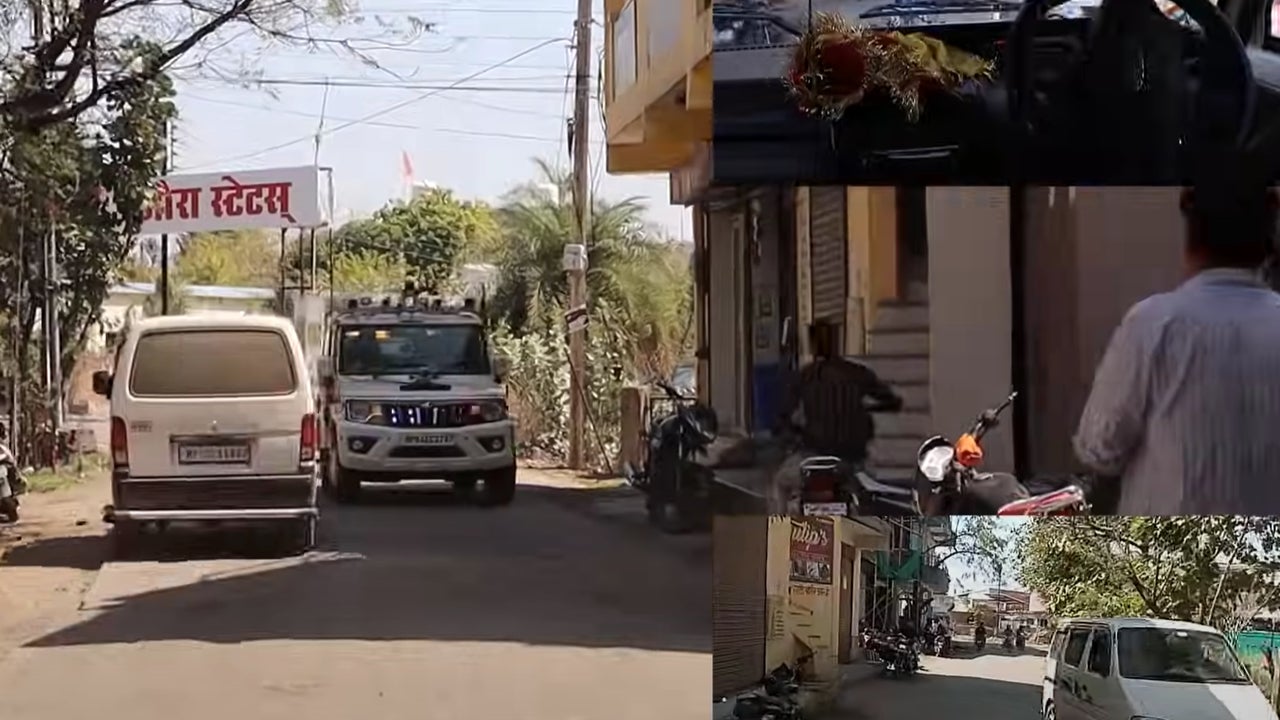Autonomous vehicles are advancing more and more and faster in their performance. But until now they have always done so in a controlled environment, by laws, by infrastructure and even by use and customs. That is perhaps why the commitment of the Indian startup Swaayatt Robots is so surprising: an autonomous car that has successfully circulated through the streets of the city of Bhopal, in India.
The country's streets are notoriously chaotic; cars, trucks, bicycles, motorcycles, pedestrians and animals mix in the same space. To this we must add that the basic traffic rules take a backseat. In other words, Not exactly ideal conditions for driverless vehicleswho already struggle to adapt to controlled environments.
As US-based robotaxi companies have already discovered, it's an extremely difficult task, and that's in a much more predictable environment, where cars, at least broadly speaking, stop at red lights and respect lane markings.
Swaayatt Robots, however, is not deterred. In a video shared by the startup you can see an SUV loaded with sensors “driving through absolute chaos, on unstructured suburban roads in India“, as the company put it in the comments.
“This is the most complex it can be for an autonomous vehicle – explains the company's CEO, Sanjeev Sharma, in a post -. “If you can build here, this technology is universal.”
The results speak for themselves. The vehicle does not stop moving at any time, without respecting the lanes or the maximum speed, imitating the erratic movement of the other cars around it. With its emergency lights flashing, the white SUV is not afraid to swerve into oncoming traffic, in turn forcing other drivers to swerve. But These are the rules of the place and no one is surprised.For the company, this terrifying behavior is completely intentional.
“There were no traffic rules to follow on this road, other than avoiding it on the left side – adds Sharma -. If others follow these rules, the vehicle will have to change its plan stochastically (randomly), in several of the negotiation scenarios multi-agent adversaries encountered throughout autonomous navigation.”
For those responsible for navigation software, it is a ruthless environment where each vehicle, driverless or not, has to fend for itself.
“You can see throughout the navigation that incoming vehicles left no spaces for our autonomous vehiclesforcing them to passive-aggressively negotiate their own way through the chaos,” concludes Sharma.
The result? Could be an impressive engineering feat or a disaster waiting to happen.

